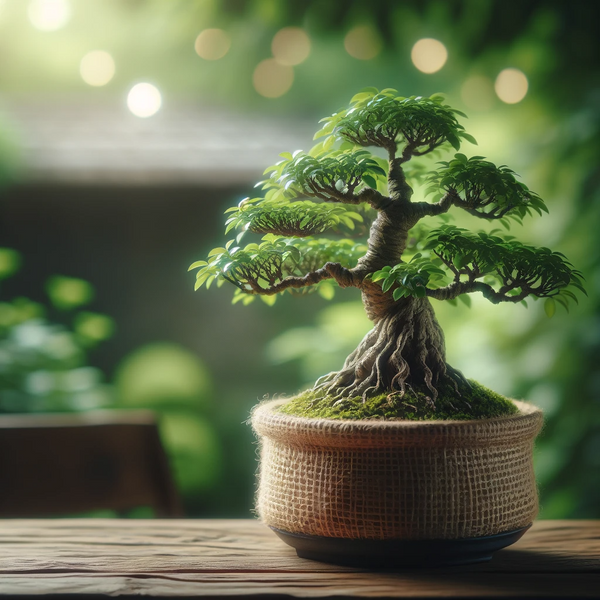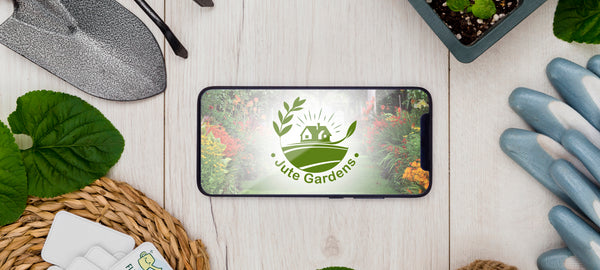Understanding Bonsai and Its Philosophy
Bonsai is more than just a gardening technique; it's a form of living art. The word 'bonsai' itself translates to 'planted in a container' in Japanese. This art form involves cultivating small trees that mimic the shape and style of their full-sized counterparts. The essence of bonsai lies in the balance between man, nature, and the container. It's about capturing the beauty and spirit of nature in a small, controlled environment.
Why Jute Pots?
Jute pots have become popular for several reasons. They are made from natural fibers, which makes them environmentally sustainable and biodegradable. This aligns perfectly with the bonsai philosophy of living in harmony with nature. Jute also allows for better air circulation and drainage, which is crucial for the health of bonsai trees. The natural texture and color of jute pots complement the aesthetic of bonsai, enhancing its visual appeal.
Selecting the Right Tree for Your Jute Pot Bonsai
When starting with bonsai, choosing the right tree is crucial. Species like Juniper, Ficus, and Maple are popular choices due to their adaptability and aesthetic appeal. When selecting a tree, consider factors like climate, the tree's growth habits, and your level of experience in bonsai cultivation.
The Importance of Soil and Watering
Bonsai trees require a specific type of soil that allows for proper drainage yet retains enough moisture. A mixture of akadama, pumice, and lava rock is often recommended. Watering is a delicate balance; it should be regular but not excessive. The frequency of watering depends on various factors like the species of the tree, the size of the pot, and the climate.
Pruning and Shaping Techniques
Pruning and shaping are essential in bonsai art. These techniques are used to control the shape and size of the tree, encouraging it to grow in a particular way. Pruning involves removing unwanted branches, leaves, or roots. Wiring is another common technique used to shape branches and trunks.
Challenges and Rewards of Growing Bonsai in Jute Pots
Growing bonsai in jute pots presents unique challenges and rewards. The natural properties of jute, such as its biodegradability, mean that these pots will eventually break down and need replacement. However, this also allows for a more natural growth cycle for the bonsai. The use of jute pots also requires a careful approach to watering and soil maintenance, as they tend to dry out faster than traditional pots.
Caring for Your Bonsai Throughout the Seasons
Bonsai care varies with the seasons. In spring and summer, focus on regular watering and fertilization. As fall approaches, prepare your bonsai for the dormant winter period. This might involve repotting, pruning, or moving the tree to a protected location, depending on the climate.
The Aesthetic Appeal of Bonsai in Jute Pots
Bonsai trees in jute pots have a unique aesthetic appeal. The natural look of the jute complements the miniature landscape created by the bonsai. This combination can add a touch of serene beauty to any space, be it a home, office, or garden.
Jute Gardens offers various sizes of jute pots. These jute pots are perfect for bonsai.
Conclusion
The art of growing bonsai in jute pots is a beautiful and sustainable practice that combines traditional bonsai techniques with a modern, eco-friendly approach. It requires patience, skill, and a deep understanding of both the tree and the container. Whether you are a seasoned bonsai enthusiast or a beginner, exploring this art can be a deeply rewarding experience, offering a unique connection with nature and an opportunity for artistic expression.


